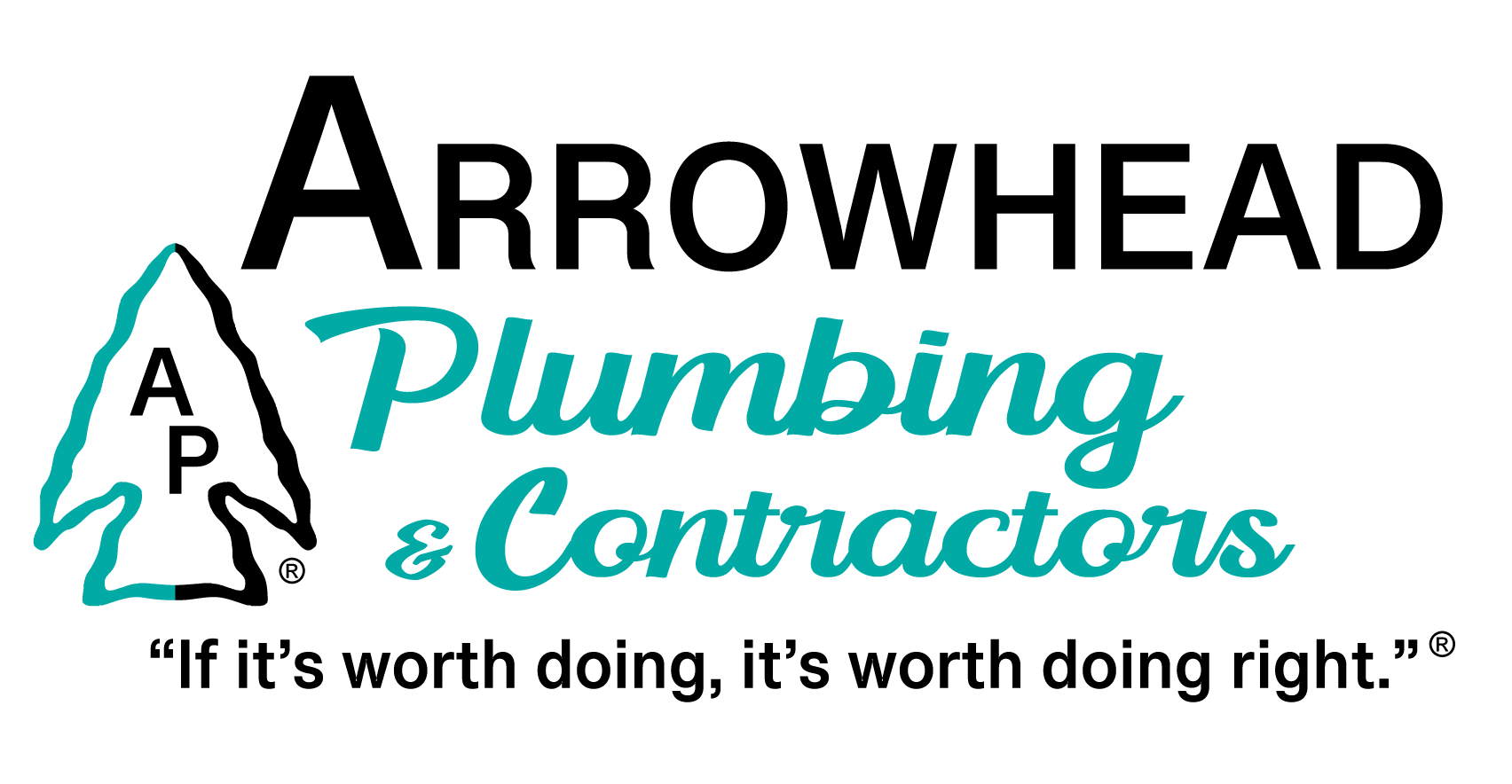As you may have heard at some point or another in your life, water is essential. It’s crucial to human, animal, and plant survival. We can’t live without it and though we may take it for granted, we use more than we think we do. From getting water from your refrigerator’s dispenser and washing clothes to running the dishwasher and flushing the toilet, the average household uses about 400 gallons per day. That’s almost 3,000 gallons of potable water a month, with the toilet using about 27% of it! Knowing that such an enormous amount of water is being pumped through your house each month, it’s a good idea to know what type of pipes you have. Why would the type of pipe matter? Well, in short, it’s good to know what to expect.
When buying or selling a home, you should know what type of pipes the water in your home runs through. Certain types of pipes that have been used in the past are not ideal, and some may even be discontinued due to poor performance. There are those that will tell you that copper is best, those that are firm believers in PVC, and others that prefer CPVC. Today we will learn about which pipes are best for which types of water, and what to look for and what you should avoid and why.
Copper
You’ve undoubtedly heard about the popularity of copper and even how valuable it is when recycled these days. While copper may be at a premium, and is a fantastic – if not the best – option, it does have a slight caveat. Acidic water can eat away at the copper and corrode it, rendering it ineffective. Other than that small issue, which is rare, as the majority of homes don’t have an acidic water source, copper is now and has been the go-to source for potable water transport in residential homes. Copper does cost a bit more than its newer counterparts, PVC and CPVC, but it has been able to withstand the test of time and is still in about 85% of homes today.
PVC
The old and reliable PVC is still used in building, but mainly as a source to get water from the municipal water supply into your home. Polyvinyl Chloride, or PVC, has been used for water supply in homes in the past, but it’s successor CPVC has taken over as a safer, and more temperature-tolerable solution.
CPVC
Sometime around the late 1980’s, polybutylene, or PB, was introduced as a lower cost alternative to copper tubing for residential areas. In a few short years, the glaring flaws in the structural integrity of PB were quite prominent. By 1995, PB was discontinued and a class-action lawsuit was filed to replace or repair PB malfunctions in homes. The theory was to have something cheaper than copper while being lightweight and reliable in extreme temperatures. Unfortunately, that’s where PB failed. So something new had to be created to accommodate the need for a lower price with great functionality. This creation is CPVC, or chlorinated polyvinyl chloride, and is a quite acceptable substitute for copper. Its qualities allow it to withstand extremely hot and cold temperatures without fissuring or malfunctioning in any way. CPVC’s reputation has grown rapidly and it has become even preferred by some homebuilders.
To sum it up, make sure that you know or your home inspector knows the difference in the types of pipes for potable water. The extra time you take to learn could be a drop in the bucket compared to the cost repairing broken pipes and replacing items damaged or left ruined.

